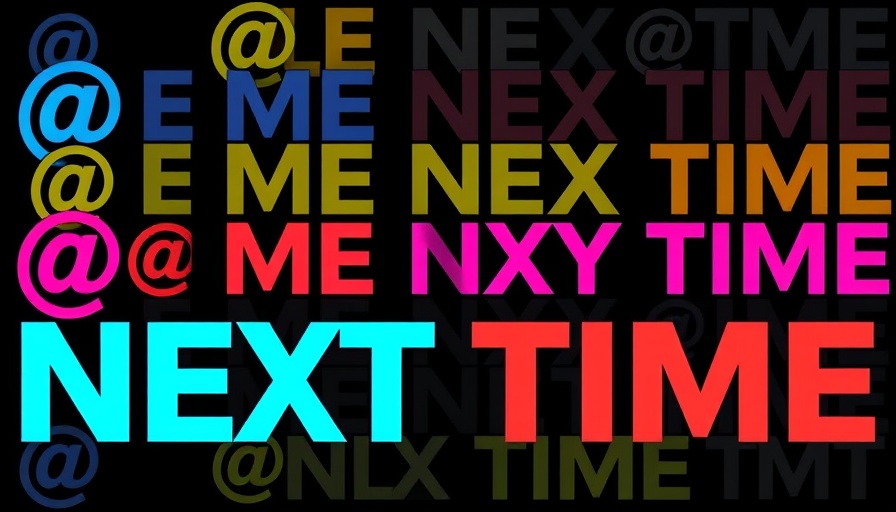
Understanding Influencer Sourcing: What Brands Get Wrong
In a world where social media is a playground filled with countless influencers, many brands still stumble when it comes to sourcing the right partners. The last thing a brand wants is for their sponsored content to feel more like a bad skit than a genuine recommendation. Yet, we see those overly-scripted ad spots more often than we’d like to admit. So, what are brands getting wrong about influencer sourcing, and how can they turn the tide?
The Reality of Forced Partnerships
Greg Scuvuzzo, the Director of Product Marketing and a mind uniquely tuned to influencer dynamics, points out that forced partnerships can lead to disappointing results. It's like asking a cat to bark; it just doesn't work out! Scuvuzzo emphasizes that rather than attempting to fit influencers into a specific mold, brands should let them do what they do best: create authentic content.
Shaking Off Skepticism about Influencer Marketing
Many marketers find themselves skeptical after unsuccessful influencer campaigns. But what if it’s not influencer marketing that failed? According to Sprout's Q1 2025 Pulse Survey, brands that rely solely on quantitative metrics, such as follower counts and engagement rates, might be missing the story. Think of it this way: Would you pick a book based solely on its cover? Probably not! The real magic lies in understanding content and how audiences interact with it.
Embracing AI and Evolving Algorithms
As algorithms on social media platforms grow more sophisticated, brands have the opportunity to leverage emerging AI-powered tools. These tools can sift through mountains of content, matching brands with influencers based on shared topics of interest rather than just straightforward demographics. Imagine being able to find an influencer who speaks about your product with the same passion you do!
It’s All About Authentic Connections
Modern consumers seek authentic connections, and who better to provide that than influencers who genuinely resonate with their content? The best way to connect? Understand what topics influencers are passionate about and how they engage with their audiences. Consumer behavior has taken a drastic turn; now, followers react to the content on their For You Pages and replicate their interests instead of following typical pathways.
Common Missteps in Influencer Marketing
Despite clear success stories from influencer marketing, brands sometimes trip over their own feet. Among the most common missteps are:
- Overreliance on Follower Count: Just because an influencer has millions of followers doesn’t mean they’ll deliver results. It's engagement that speaks volumes.
- Generic Content: Forced scripts lead to cringe-worthy videos. The best partnerships allow for creativity and genuine expression.
- Neglecting Brand Safety: Always vet influencers for brand alignment. A mismatch can lead to awkward moments and damaging brand associations.
Turning Insight into Actionable Strategies
So, what can you do next to ensure your influencer marketing campaigns soar instead of flop? Here are some practical tips:
- Develop a Clear Social Media Content Strategy: Lay out the themes and messages you want to convey through influencer partnerships.
- Prioritize Authenticity: Look for influencers whose content feels genuine and relatable, ensuring that their voice aligns with your brand.
- Use Social Media Analytics: Measure engagement rates and conversions to assess the effectiveness of campaigns, adjusting your strategies to maximize results.
Conclusion: Time to Rethink Influencer Partnerships
As a marketer, embracing change in influencer sourcing can revolutionize your approach. Forget about cookie-cutter strategies and instead focus on authenticity, passion, and connection. Because when it comes to social media marketing, it’s not just about partnerships; it’s about relationship-building that resonates. So, what are you waiting for? Dive into the exciting world of influencer marketing today!
 Add Row
Add Row  Add
Add 




Write A Comment